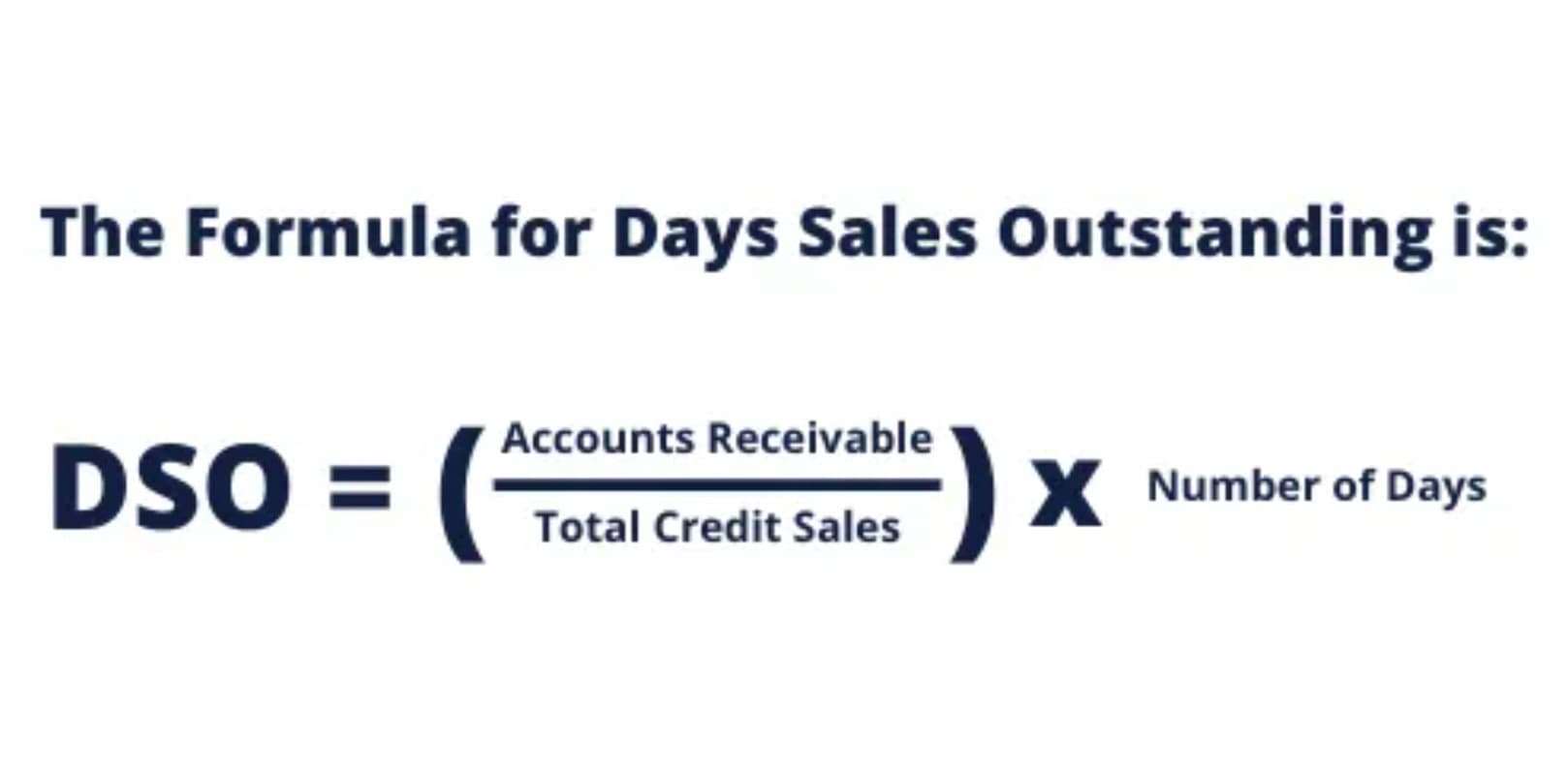25 Apr Solvency Analysis: Solvency vs Liquidity: What’sthe Difference and How to Evaluate Them

For instance, FMCG giants maintain a current ratio close to one, as their business requirements are fulfilled based on supplier trust. Solvency ratios are different for different firms in different industries. For instance, food and beverage firms, as well as other consumer staples, can generally sustain higher debt loads given their profit levels are less susceptible to economic fluctuations. In the realm of asset management, the liquidity of an organization is a pivotal factor that…
- On the other hand, a solvency ratio that looks too favorable may show that the company is not utilizing potentially low-cost debt as much as it should.
- This evaluation is crucial for investors, creditors, and management, as it directly impacts the entity’s stability and creditworthiness.
- It hinges on various elements that ensure a company can meet its long-term obligations.
- Nevertheless, the interest coverage ratio can vary significantly from one industry to another.
- A business can be solvent but not liquid, or liquid but not solvent, depending on its assets, liabilities, cash flow, and profitability.
Debt to Assets:
Negative shareholders’ equity insinuates that a company has no book value, and this could even lead to personal losses for small business owners if not protected by limited liability terms if a company must close. In essence, if a company was required to immediately close down, it would need to liquidate solvency vs liquidity all of its assets and pay off all of its liabilities, leaving only the shareholders’ equity as a remaining value. Solvency risk means that, even though its properties are disposed of, a business would not meet its financial obligations because they are due on maximum valuation. An entirely insolvent corporation cannot pay its obligations and is compelled to go bankrupt.

Are Solvency Ratios the Same for Every Company?
By watching your solvency and liquidity, you’ll make better decisions for both your daily operations and your long-term financial planning. Accounts receivable is the balance of invoices owed to you as part of your regular operations. These are treated as liquid assets because they can be converted to cash relatively quickly.

Use Xero to track your solvency and liquidity
For a firm, this will often include being able to repay interest and principal on debts (such as bonds) or long-term leases. A firm’s debt-to-equity ratio (D/E ratio) compares how much overall value, or equity, a company has compared to its overall debts. This is a measure of solvency, as it compares the company’s total value against its total liabilities.
Solvency Ratios

Solvency and liquidity are two important concepts in financial analysis that measure the ability of a business to meet its short-term and long-term obligations. Solvency refers to the availability of sufficient assets to cover the liabilities, while liquidity refers to the ease of converting assets into cash. Both solvency and liquidity are essential for the survival and growth of any business, but they may vary depending on the industry and context. In this section, we will explore how solvency and liquidity analysis can be applied to different industries and retained earnings contexts, and what factors can affect them.
- Acceptable solvency ratios vary from industry to industry, but as a general rule of thumb, a solvency ratio of less than 20% or 30% is considered financially healthy.
- We do not manage client funds or hold custody of assets, we help users connect with relevant financial advisors.
- It is still necessary to consider these two principles in dealing with delays in paying obligations that can create significant problems for an organization.
- If they fail to do so, they may face legal action, foreclosure, or bankruptcy.
- In other words, if you have the appropriate amount to be able to cover the debts that have been generated and, therefore, pay them.
Quick Tips To Saving Your Way To A Million Dollars
However, it’s important to understand both these concepts as they deal with delays in paying liabilities which can cause serious problems for a business. Calculate the approximate cash flow generated by business by adding the after-tax business income to all the non-cash expenses. Regulatory frameworks like Basel III emphasize maintaining adequate capital reserves to ensure solvency. Such regulations affect businesses seeking financing, as lenders must comply with Insurance Accounting stringent requirements.

Three Company Scenarios to Better Understand Solvency vs. Liquidity
- Businesses need enough liquidity on hand to cover their bills and obligations so that they can pay vendors, keep up with payroll, and keep their operations going day in and day out.
- When we talk about an individual’s financial stability, we often look at their assets and the debt they owe.
- The higher the ratio, the better the company’s ability to cover its interest expense.
- Financial firms are subject to varying state and national regulations that stipulate solvency ratios.
- In this article, we will explore the attributes of liquidity and solvency, highlighting their key differences and similarities.
- It reflects an entity’s ability to manage extended financial commitments, such as long-term debt, mortgages, and retirement savings, ensuring a solid foundation for future financial endeavors.
DSO refers to the average number of days it takes a company to collect payment after it makes a sale. A higher DSO means that a company is taking unduly long to collect payment and is tying up capital in receivables. A high DSO means that a company is taking unduly long to collect payment and is tying up capital in receivables. SmartAsset Advisors, LLC (“SmartAsset”), a wholly owned subsidiary of Financial Insight Technology, is registered with the U.S. Cash flow analysis helps too; it shows how money moves in and out of a business.
- In severe situations, a corporation can be plunged into unintentional bankruptcy.
- For businesses, maintaining solvency is crucial for instilling confidence in investors, creditors, and strategic partners, bolstering the entity’s creditworthiness and long-term prospects.
- This financial structure plays a critical part in knowing whether the company will be able to pay its long-term debts as they come due and have enough money in the long run.
- Assets such as stocks and bonds are liquid since they have an active market with many buyers and sellers.
- A higher liquidity ratio is an indication that the company is more than capable of handling the immediate term debt obligations.
- Since shareholder equity is the net value of a company after its assets are liquidated and its debts are paid, comparing debt to equity gives an excellent perspective on how leveraged up a company is.
One of the easiest and quickest ways to check on liquidity is by subtracting short-term liabilities from short-term assets. This is also the calculation for working capital, which shows how much money a company has readily available to pay its upcoming bills. Liquidity or accounting liquidity is the term used to describe the ease of converting an asset into cash, regardless of impacting its market value.

